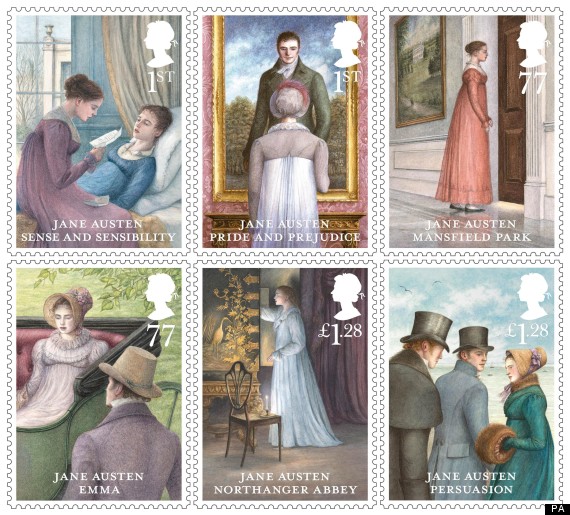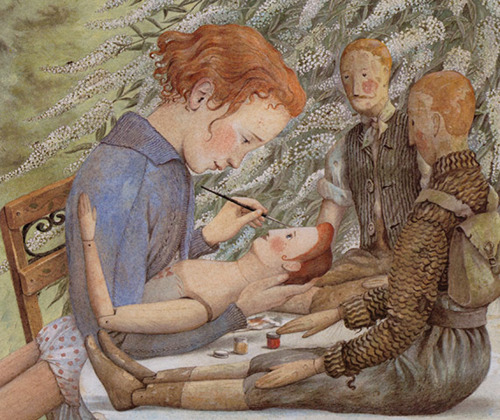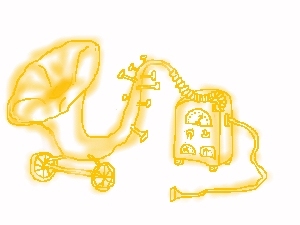I saw P&P3 last night. It was released the day before (after a few advance screenings last weekend), but at the 9.30pm Friday show there were not many more than a scattering of people in the theatre. I was surprised at that.
Talk about feeling the history when I went to see this. As the first scene rolls, it’s dawn and the birds are just starting to sing. My first thought was, ‘I wonder if Martti Alatalo (Birdcalls in P&P2 pdf) is watching this and whether he will rate it as ‘a movie without obvious bird flaws’?’. LOL.
It’s an enjoyable movie, but I’m quite critical of it.
Amy used to call Jane Austen The SquirmMeister, and my main feeling about this P&P is that it has all but taken out that essential JA squirm factor. It lacks the nuances that make the comedy, irony and tension that we love. There are examples, but there are not nearly enough ofthem. It seems to be another move away from humour and satire towards small-r romance, rather than accommodating both.
Part of the trouble is that time is so short. There is so much story to get through, that there is not enough time to develop the highs and lows and build tension in between. In that sense the movie is itself, ironically, rather like those quickly developed but shallower relationships that Austen pitches as an antithesis to the deep successful ones: the Charlotte/Collins match (or, more kindly, the Jane/Bingley match) as opposed to the Lizzy/Darcy one.
The Wickham plot is relegated to a minor sideline, so there is no real depth to that whole side of the ‘first impressions’ theme. Charlotte’s plight is well expressed, but her cunning is absent, and her tragedy is not even hinted at. She is quite gleeful at having her own house. It’s interesting to see Collins played in a completely different way, and it works on one level, but he is pathetic rather than funny most of the time. Likewise Lady Catherine is severe, Mrs Bennet is kinder and less stupid, and Caroline Bingley is snide, without much irony, fun or squirming being drawn from their characters.
I was surprised to find Mr. Bennet an exception. In fact, I think Donald Sutherland’s portrayal was the highlight of the film for me. He is not given as much wit and cynicism as he should have, which is a pity, but there are some delightful moments of dry humour and shared twinkles and understandings between him and Lizzy. He was played with great depth, and I loved his growly gravelly affection.
One major problem for me was that I didn’t feel I was given any reasons why Jane or Lizzy especially liked and wanted Bingley and Darcy, apart from gratitude on Lizzy’s part (I know gratitude is a major turning point in the book too, but it needs to be more than gratitude, doesn’t it?). Bingley did have tolerable teeth, but he blithered and had a completely distracting crest of red hair (a la Kyle Sanderland). Darcy looks mopey rather than haughty much of the time, though he becomes a bit more convincing and attractive towards the end of the movie. The conversations we see between Lizzy and Darcy are at times more true to the book than P&P2. For example during the dance at the Netherfield Ball, its Lizzy who is flustered and provokes Darcy, whereas in P&P2 it’s portrayed as a more equal sparring battle and stand-off. At other times its not so – the first proposal turns into a flaming row. I think the film asks me to just accept that these couples fall in love because its inexplicable why certain people fall in love, rather than showing me why they like each other so much or find each other attractive. Davies was impeccible in sharing the attraction with the audience, and pacing the dramatic tension. This one falls somewhat flat in comparison on both scores.
KK’s Lizzy is good, though I found her frequent and instant giggle-with-nose-wrinkled annoying. Jane is wonderful. I liked the girls being so young, but didn’t like the Gardiners and others being so old. Liked the rural setting and all the animals. Didn’t find it Bronte-ish. Thought the scene where Lizzy and Darcy talk outside at Pemberley was well done. Thought the scene previous to that, her peeping in on Georgiana and Darcy was wrong, and the one before, with the white sculptures, was over-the-top and a silly.
Disliked Lady Catherine arriving at night and all the others listening at the door. Disliked where Lizzy gets Jane’s letter and tells Darcy about Lydia’s fall in the Gardiner’s presence – the tension was completely thrown away, and we don’t really feel what tremendous loss she feels at that point. Ditto when Darcy returns to Netherfield and Lizzy doesn’t know how he feels. Thought the second proposal was schmaltz visually. Georgiana was young, which I liked, but not nearly demure enough. Wickham looked good, but for what use when his whole subplot was nixed? The music in the first scene fades into Mary playing the piano, which was a bit odd. And at the first assembly ball its just a group playing, but an orchestral recording.
There are few full bosoms. I’m sorry to disappoint, but like the movie, there it is.
Update:
I’ve decided its more Hardy (a la the movie ‘Far from the Madding Crowd’) than Bronte. The director sites it as an influence.
The US gets a ‘kissy-face ending’.
Most enteraining reviews:
Laura Carroll at The Valve: Pirates of Pemberlay (via Loobylu)
Anthony Lane at the New Yorker







